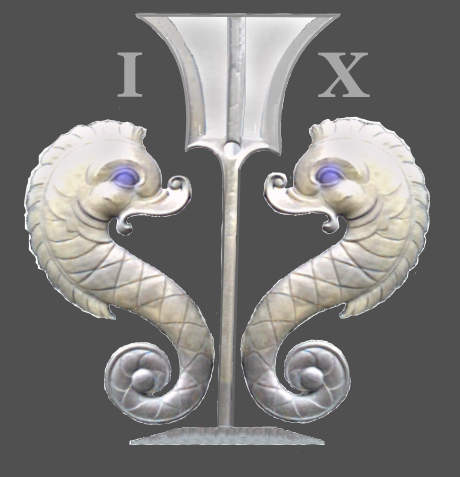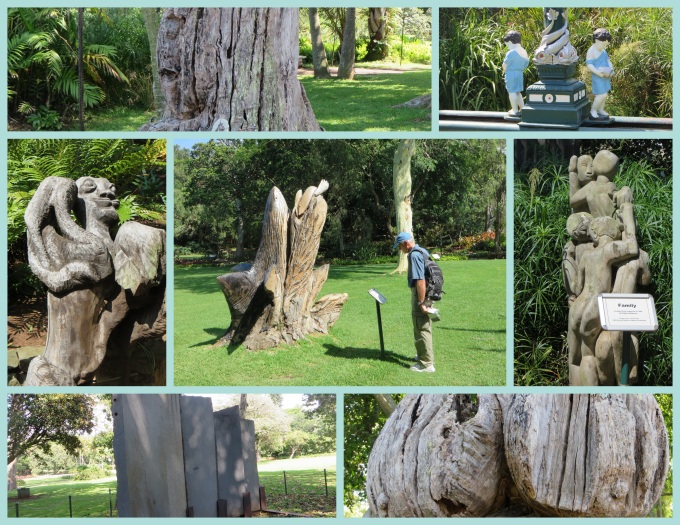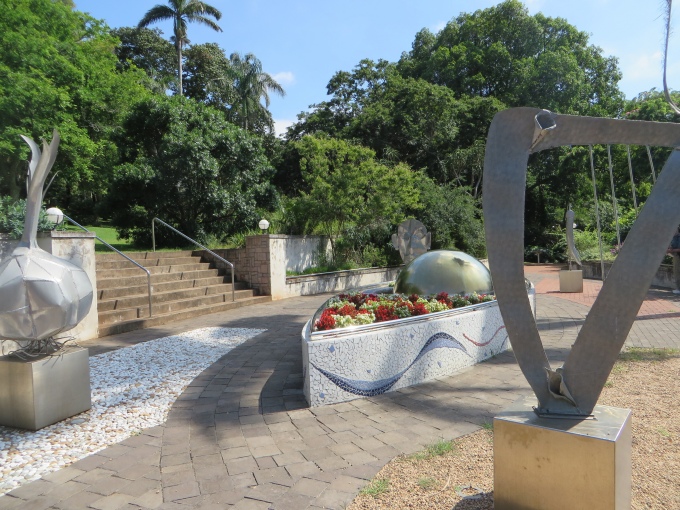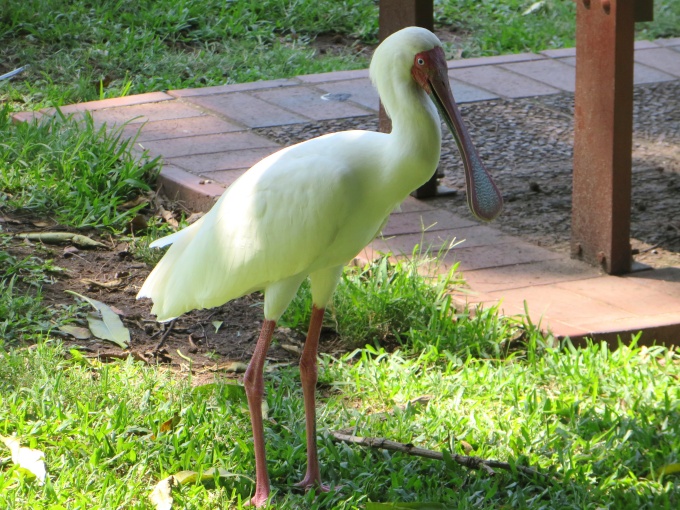One of the best parts about visiting new countries is discovering those things that differentiate it from other places we've visited. We're finding out that South Africa has many superlatives and unique aspects. Here are a few random bits of South Africa trivia that I'm sure you can't live without.

South Africa has the deepest mines in the world, with depths up to 2.5 miles (4km) at the Western Deep Levels Mine, west of Johannesburg. What do they mine? Gold! In fact, South Africa is the world's largest producer of gold, platinum, chromium, vanadium and manganese.
UNISA, the University of South Africa, is a pioneer in distance learning and is the largest correspondence university in the world with 250,000 students.
The DeBeers Group of companies control more than 80% of the world supply of rough diamonds. The largest rough gem-quality diamond ever found was the Cullinan at 3106.75 carats. It was cut into 105 diamonds including the Great Star of Africa and the Lesser Star of Africa, both of which are now part of the British Crown Jewels.
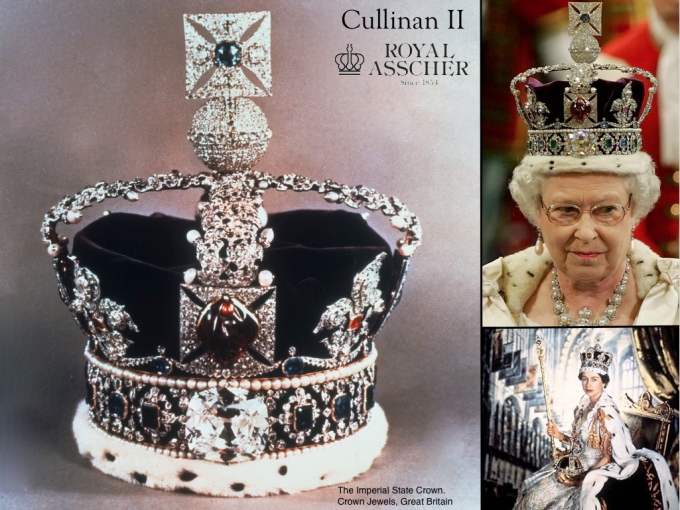
South African Breweries ranks as the second largest brewing company in the world (Anheuser-Busch InBev is #1). It supplies up to 50% of China's beer. Here's a surprise … It purchased USA-based Millers Brewery in 2003, and is now known as SAB-Miller. That means they also own Coors.

McDonalds opened its first South African restaurant in 1995 and now has over 200 stores in South Africa. Big Macs in South Africa are the cheapest in the world … about 30% cheaper than anywhere else. That's nothing though … KFC is even more widely recognized here with over 500 stores in the country. Take a look at this award-winning KFC commercial in Zulu.
Cape Town's Table Mountain is considered one of the seven wonders of the geological world. At just over 580' (178M), it not only dominates the city's skyline, it can be seen as far out to sea as 130 miles.

South Africa reputedly has the longest wine route in the world and Graaf-Reinett in the Western Cape has the world's biggest grapevine. The Black Acorn, planted in 1870, still bears fruit. Except for Europe, South Africa has the oldest wine industry in the world.

South Africa is the birthplace of man. The oldest human skeletal remains (~3.5 million years old) in the world were found in the Sterkfontein Caves. Fossilized footprints were found on the shores of Langebaan Lagoon, Western Cape. The 117,000 year-old fossilized footprints known as “Eve's footprints” are the oldest known footprints of an anatomically modern human. Older than humans, the 2 billion year-old crater in Vredefort is the oldest known crater on Earth, as well as the largest.
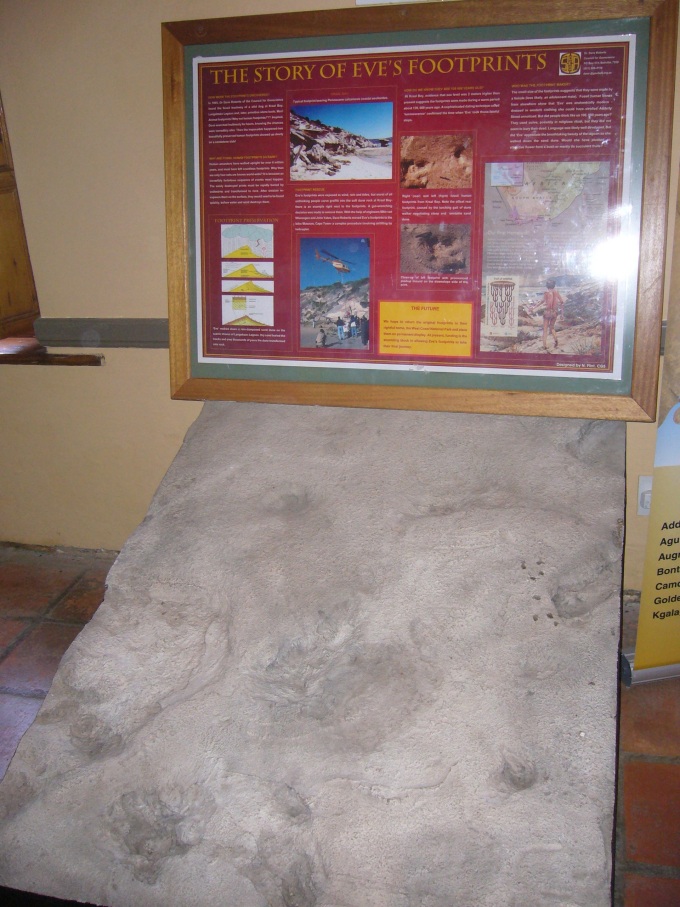
World-renowned Dr. Christiaan Barnard, at Groote Schuur Hospital in Cape Town, performed the first human heart transplant in the world in 1967. He was also the first to do a "piggyback" transplant in 1971, and he was the first to do a heart-lung transplant. In other medical firsts, in 1979, Allan Macleod Cormack from Cape Town won a Nobel Prize in Physics for inventing the CT Scanner.
Here are a few more lesser known facts about South Africa ...
South Africa is the world's biggest producer and exporter of mohair. Yes, mohair … from Angora goats. The second largest producer? The USA … primarily Texas. Who knew? It's also the world's largest producer of macadamia nuts (nope … not Hawaii!).

There are reportedly ~280,000 windmills on farms across South Africa, second in number only to Australia. You wanted to say Holland, didn't you?

Three of the five fastest land animals live in South Africa - the cheetah, the wildebeest, and the lion.
There's so much more, but this will give you a taste for just how special and unique this country is.

